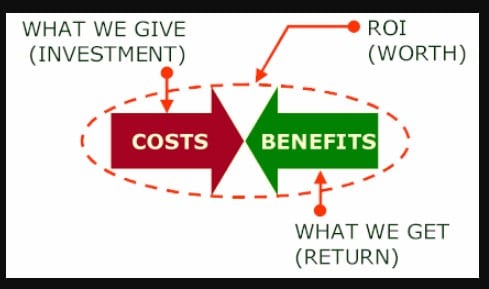The ROI of CRM: How to Measure Success – Customer Relationship Management (CRM) is a strategy that businesses use to manage interactions with their customers, with the goal of improving customer satisfaction and driving growth. While CRM can provide many benefits, businesses often struggle to measure the return on investment (ROI) of their CRM initiatives. In this article, we’ll discuss the importance of measuring CRM ROI, the factors that influence it, and how to measure it effectively.

Introduction
- Explanation of CRM and its importance
- Overview of measuring CRM ROI
Why Measure CRM ROI?
- Importance of measuring ROI in business
- Specific benefits of measuring CRM ROI
- Examples of how CRM ROI can impact business performance
Factors That Influence CRM ROI
- Technology infrastructure
- Data quality and completeness
- User adoption and engagement
- Training and support
- Business processes and workflows
Measuring CRM ROI
Step 1: Define Your Objectives
- Setting clear, measurable goals
- Aligning goals with business objectives
Step 2: Identify Your Metrics
- Identifying relevant performance indicators
- Choosing the right metrics for your objectives
Step 3: Track Your Metrics
- Setting up a system for data collection and analysis
- Tracking metrics over time
- Identifying trends and patterns in the data
Step 4: Calculate ROI
- Understanding the formula for calculating ROI
- Applying the formula to your CRM initiative
- Interpreting the results
Best Practices for Measuring CRM ROI
- Continuously monitor and evaluate your metrics
- Regularly review and update your goals and metrics
- Engage stakeholders in the measurement process
- Use the results to inform decision-making and drive improvement
Conclusion
- Recap of key points
- Emphasis on the importance of measuring CRM ROI
- Call to action for businesses to prioritize CRM measurement and improvement
FAQs
- What are some common metrics used to measure CRM ROI?
- How can businesses improve user adoption and engagement of their CRM system?
- What is the formula for calculating ROI?
- Can CRM ROI be negative?
- How often should businesses review and update their CRM metrics?
1. What are some common metrics used to measure CRM ROI?
Some common metrics used to measure CRM ROI include customer acquisition cost (CAC), customer lifetime value (CLV), customer retention rate, and revenue growth.
2. How can businesses improve user adoption and engagement of their CRM system?
Businesses can improve user adoption and engagement of their CRM system by providing adequate training and support, ensuring data quality and completeness, aligning the system with business processes and workflows, and incentivizing users to use the system effectively.
3. What is the formula for calculating ROI?
The formula for calculating ROI is: ROI = (Gain from Investment – Cost of Investment) / Cost of Investment
4. Can CRM ROI be negative?
Yes, CRM ROI can be negative if the cost of investment exceeds the gain from investment.
5. How often should businesses review and update their CRM metrics?
Businesses should regularly review and update their CRM metrics, ideally on a quarterly or semi-annual basis, to ensure they remain aligned with business objectives and reflect changes in the business environment.